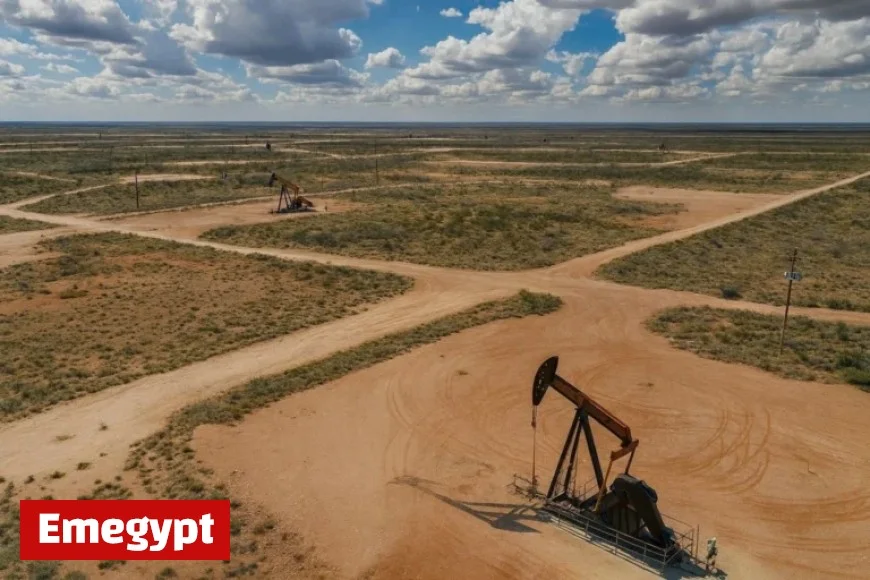Permian Boom Set to Trigger Oil Price Drop in 2026

Industry leaders predict a significant decline in oil prices around 2026, driven by a surge in U.S. crude production, particularly from the Permian Basin. Chevron’s CEO, Mike Wirth, highlighted that U.S. oil output will likely peak at approximately 13.5 million barrels per day by 2025. Following this peak, a modest drop in production is expected in 2026, marking a potential trough for global crude prices.
U.S. Oil Production and Permian Basin Influence
The Energy Information Administration (EIA) has projected record production levels from the U.S., fueled primarily by the Permian Basin located in Texas and New Mexico. This region already contributes about 40% of the nation’s oil output, with forecasts suggesting it could account for 70% by 2040.
- Current Production Levels: The Permian is producing over 6 million barrels per day, more than any nation except the U.S. and Russia.
- Rig Activity: Despite a slight pullback in 2025, the number of active rigs in the Permian remains elevated, showcasing continued investment and growth in the region.
- Future Output Forecast: The EIA expects U.S. crude production to reach approximately 13.5 million barrels per day in 2025, with a slight decline anticipated in 2026.
Market Dynamics and Price Outlook for 2026
The international oil market is expected to face an oversupply, with the International Energy Agency (IEA) predicting a surplus of up to 4 million barrels per day in 2026. This forecast reflects not only the boost in U.S. production but also a relaxation of OPEC+ cuts.
- Price Predictions: Wirth and other analysts anticipate oil prices to dip below the previous year’s levels in 2026, settling around $65 per barrel.
- External Influences: Various factors, including U.S.-China trade tensions and increased output from OPEC+, could exacerbate price declines.
Role of Demand in the Oil Market
Despite robust demand for oil within the U.S., analysts caution that supply increases are likely to outstrip consumption. Domestic oil demand has exceeded 20 million barrels per day, which is notably high for the autumn season. However, the anticipated rise in supply from both U.S. shale producers and OPEC might create significant downward pressure on prices.
- Market Response: Energy stocks have seen a rally amid expectations of rising near-term prices, with companies like Chevron and Exxon Mobil experiencing gains lately.
- Investment Strategies: Industry experts suggest a shift in capital back to oil and gas, as firms increasingly prioritize high-return investments.
Policy Changes and Market Sentiment
The current political landscape, which favors expanding oil and gas production, has reinforced bullish sentiment among investors. The new administration has rolled back regulations seen as detrimental to the oil industry, reinforcing a commitment to energy dominance.
As the U.S. approaches a record year in crude oil production, the market’s focus will increasingly shift toward managing an oversupplied market and the consequences for pricing. Analysts believe that while 2026 could represent a low point for oil prices, recovery is anticipated after this period.
































